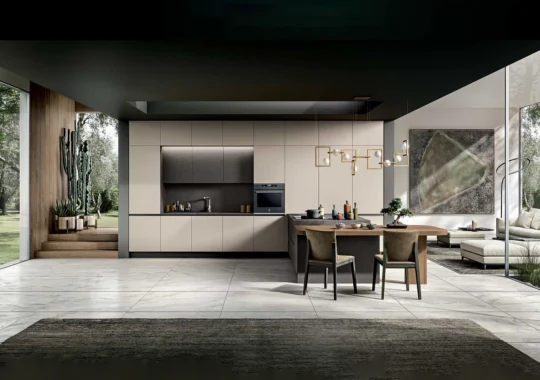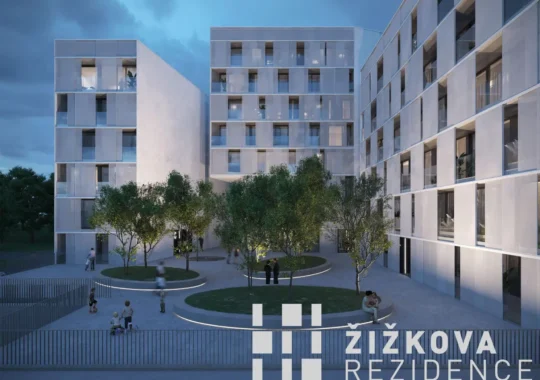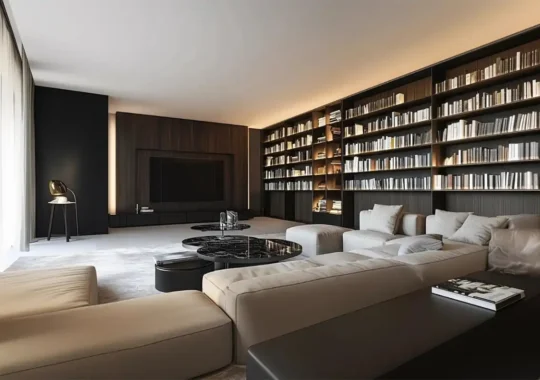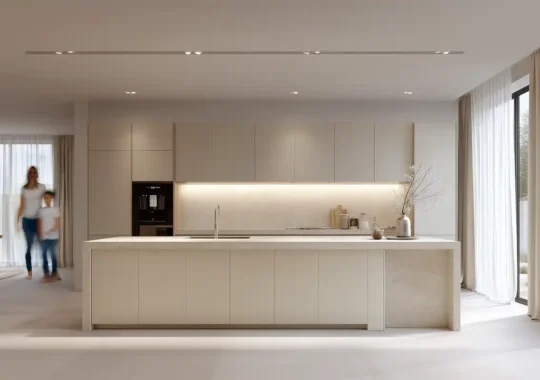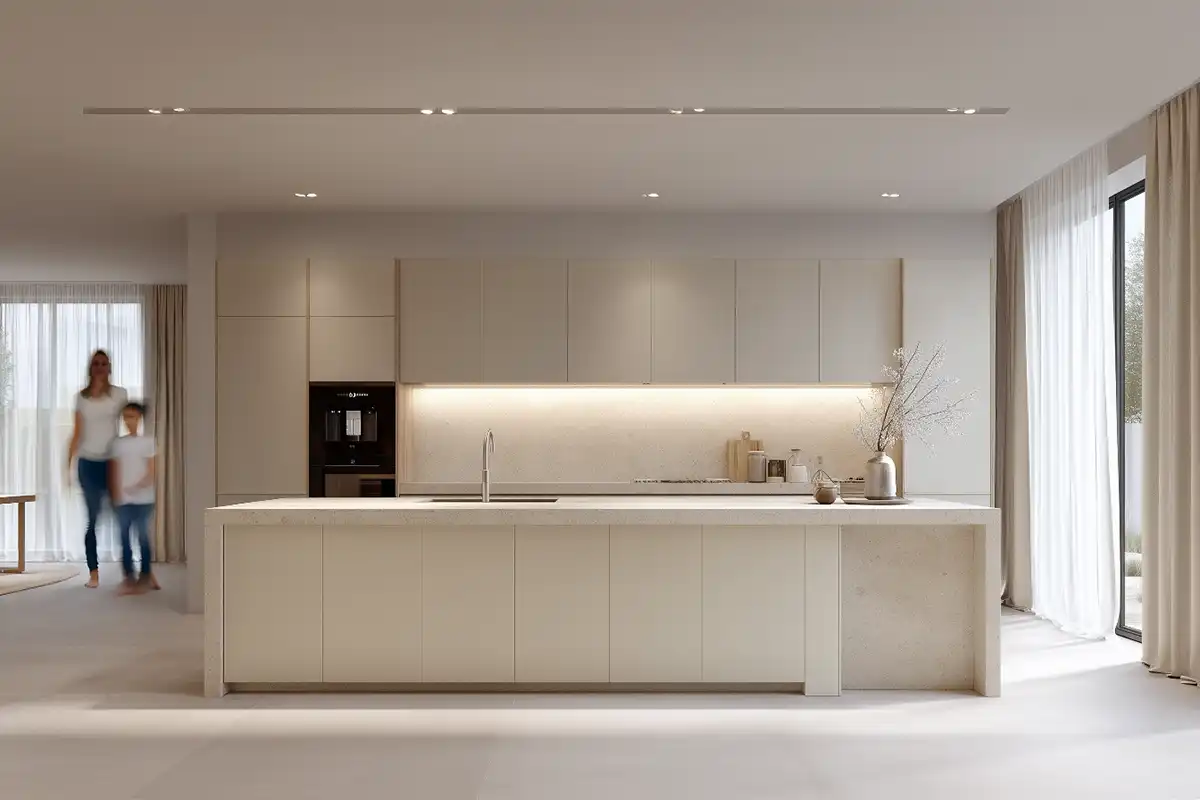
Minimalist Aesthetics in Modern Living
In an era of information overload and constant rush, minimalist design becomes more than just an aesthetic choice - it becomes a life philosophy. Less truly means more when every element in space has its reason and purpose. Minimalist aesthetics with timeless character brings peace, clarity, and authentic beauty to our homes.
Essence of Minimalism: More Than Empty Space
True minimalism isn't about empty rooms or absence of color. It's about thoughtful selection, quality over quantity, and perfect harmony of all elements. Every object in a minimalist interior has its reason for existence and contributes to the overall feeling of calm and order.
Principles of authentic minimalism:
- Functionality as the basis of every decision
- Quality materials preferred over quantity of elements
- Clean lines and simple geometric forms
- Emphasis on natural light and open space
- Color palette based on neutral tones
Timeless Design: Investment in the Future
Minimalist interiors don't succumb to fashion waves. While trends come and go, clean lines and thoughtful proportions remain elegant for decades. This timelessness makes minimalism an ideal choice for luxury living - an investment that retains its value and beauty.
Materials: Quality in Every Detail
In minimalist design, every imperfection becomes visible. Therefore, we focus on selecting the highest quality materials with perfect craftsmanship. Natural stone, solid wood, stainless steel, or glass - materials that age beautifully and gain patina with time.
Preferred materials:
- Natural stone with unique texture
- Solid wood with distinctive grain
- Matte surfaces reducing reflections
- Natural fiber textiles
- Metals in their natural color
Light as Design Element
In minimalist interiors, lighting plays a key role. Natural light becomes the main actor of space, while artificial lighting discreetly accompanies architecture. Large windows, skylights, and thoughtful fixture placement create light and shadow dramaturgy.
Storage Solutions: Invisible Order
Minimalism requires perfect organization. Integrated storage solutions, hidden systems, and thoughtful details ensure everything has its place and space remains clean and relaxed. Built-in cabinets, sliding panels, and cleverly concealed storage are key elements of successful minimalist design.
Color Palette: Power of Neutrality
Neutral colors aren't boring - they're universal. Shades of white, beige, gray, and brown create a sophisticated palette that allows textures, forms, and material quality to shine. Occasional color accents work much stronger in this context.
Minimalist color schemes:
- Monochrome: different shades of one color
- Earth tones: warm natural tones
- Cool grays: cool grays with blue undertones
- Warm whites: warm white shades with beige hints
Furniture: Sculptures for Living
In minimalist interiors, every piece of furniture becomes a sculpture. Clean lines, perfect proportions, and flawless craftsmanship are essential. We prefer statement pieces - several exceptional pieces over quantity of average furniture.
Natural Elements: Life in Purity
Plants, natural textures, and organic forms bring life and warmth to minimalist spaces. Carefully selected green plants, natural stones, or wooden sculptures create counterpoint to clean design.
Psychology of Minimalism: Calm in Chaos
Minimalist living has demonstrably positive effects on mental health. Reduction of visual noise, clear space organization, and absence of unnecessary objects support concentration, creativity, and overall well-being.
Practical Tips for Minimalist Home
For living space:
- Invest in one quality sofa instead of several chairs
- Use built-in shelving instead of freestanding bookcases
- Choose TV integrated into wall or on motorized lift
For bedroom:
- Platform bed without headboard for cleaner line
- Built-in wardrobes to ceiling
- Minimal amount of decorative objects
For kitchen:
- Handle-free kitchen cabinets
- Integrated appliances
- Hidden storage for small appliances
Minimalism and Technology
Modern smart home technology fits perfectly with minimalist aesthetics. Touch panels, wireless systems, and integrated solutions eliminate the need for visible controls and wiring.
Common Minimalism Myths
Myth 1: Minimalism is cold and impersonal Reality: Quality minimalist design is warm and intimate
Myth 2: Minimalist living isn't practical Reality: Thoughtful minimalism maximizes functionality
Myth 3: Minimalism is cheaper Reality: Quality minimalist design requires investment in premium materials
Maintaining Minimalist Home
Minimalist interiors require discipline. Regular decluttering sessions, careful consideration of every new purchase, and maintaining order are key to preserving clean aesthetics.
